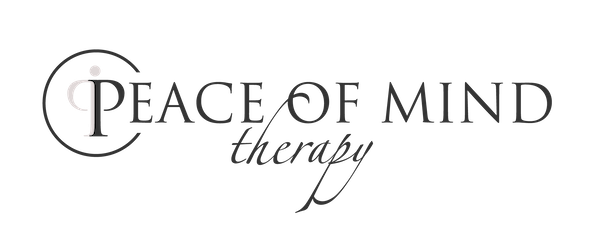Sitting with uncertainty.
Written by Kellie Murphy, ATR-BC, LPC
“Creativity requires the courage to let go of certainties.” Erich Fromm
My most meaningful images are created when I surrender to uncertainty. And when I create, I can deliberately attend to, or befriend, uncertainty; and in so doing, minimize discomfort and fear and that hard place called the unknown.
The call to create (a painting, a sculpture, a meal, a story, a poem, a room, a relationship) is one that can grow out of slowing down; or in some cases, complete stillness. Turning the antennae in, exploring, and willingly staying in the present moment.
Maybe this looks like focusing on a favorite object in a sacred space, maybe this looks like turning to wonder, or maybe this looks like closing eyes and focusing on the breath; in this brief writing, I encourage you to pay attention to what or where creating begins from, and then becomes…for you.
I don’t believe I have to remind anyone reading about the uncertainty we are all currently experiencing. In fact, we are collectively experiencing an abundance of uncertainty right now. Which is why I am encouraging you to embrace your inherent creativity and surrender to uncertainty.
Art-making is one solution to aid in the surrender; it is a contemplative practice that touches us internally, through our thoughts and emotions; and externally, through the creation of an image (or object) that often leads to understanding and growth.
I think of art-making in this vein as process work; the point of which is not to make “good” art, but to simply observe the mind and notice what shifts while engaging in the creative process.
In this interrupted time, I invite you to invite your creative self in, see if, for you too, an unexpected sense of connection arises. I have noticed an increased sense of connection to self and to others even when I – maybe especially when I – create in solitude.
Guidance for Creating Through Uncertainty
Get a basic sketchbook; high-quality sketchbooks feel too precious right now and worrying about “ruining” pages can interfere with creative process. Plus, this leaves room for the uncertainty to show up.
Use whatever pencils or pens you have on hand. This will increase the sense of spontaneity and ensure that you fill a page (or two) in your sketchbook every day. (Planning has not proved helpful for me lately; if planning helps you, by all means set a time, a place, and a specific medium to work with.)
Keep your journal nearby. My journal is always with me, which is to say it is always on my desk because I rarely go anywhere.
I try not to erase, or to edit or censor myself. If I share my art, I do not share it looking for feedback.
I trust whatever shows up in front of me was meant to show up. I receive it with curiosity and abstain from judgment. If I have time, I might consider a word, phrase, gesture, or sound that occurs to me as I “sit” with what is created. Sometimes I make more art about it, or even with it.
Take some time for yourself, take some time to practice present moment awareness. Trust that the deliberate attempt at slowness will eliminate the impulse of urgency. Trust in the reparative properties of your own creativity; in the opportunity to practice patience; and, even if for a moment, see it you can change the pace of your day.
